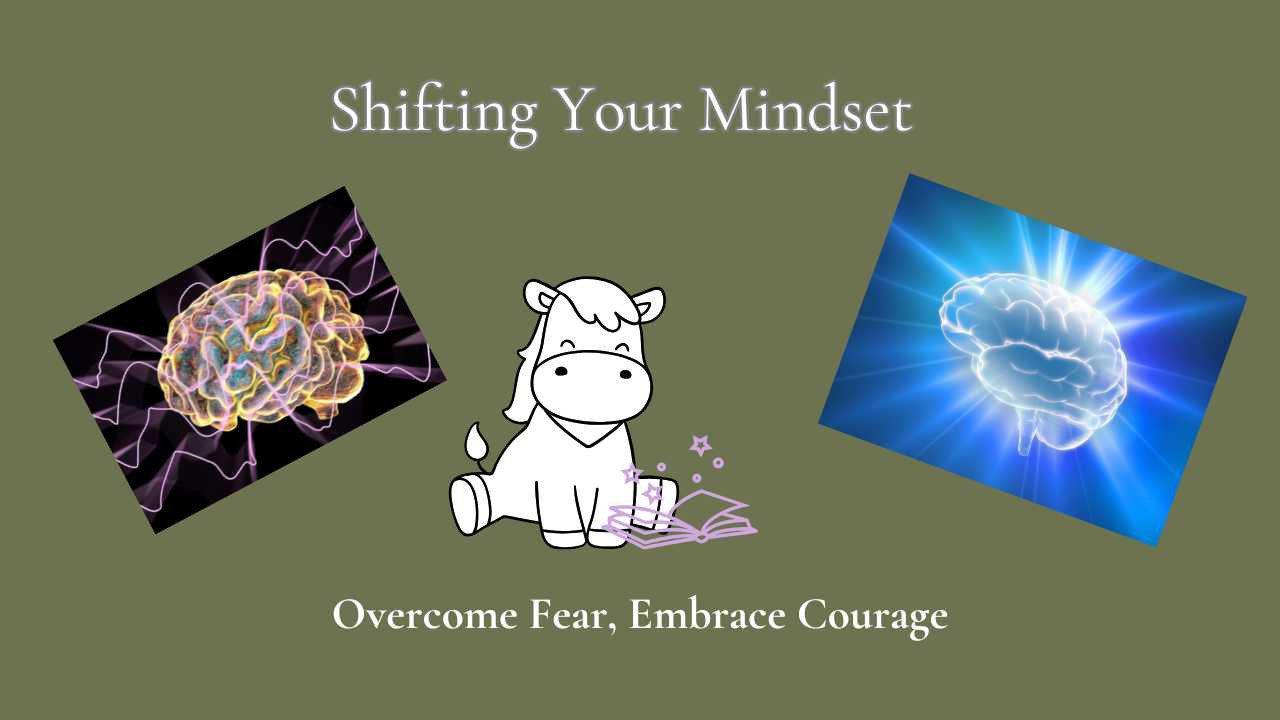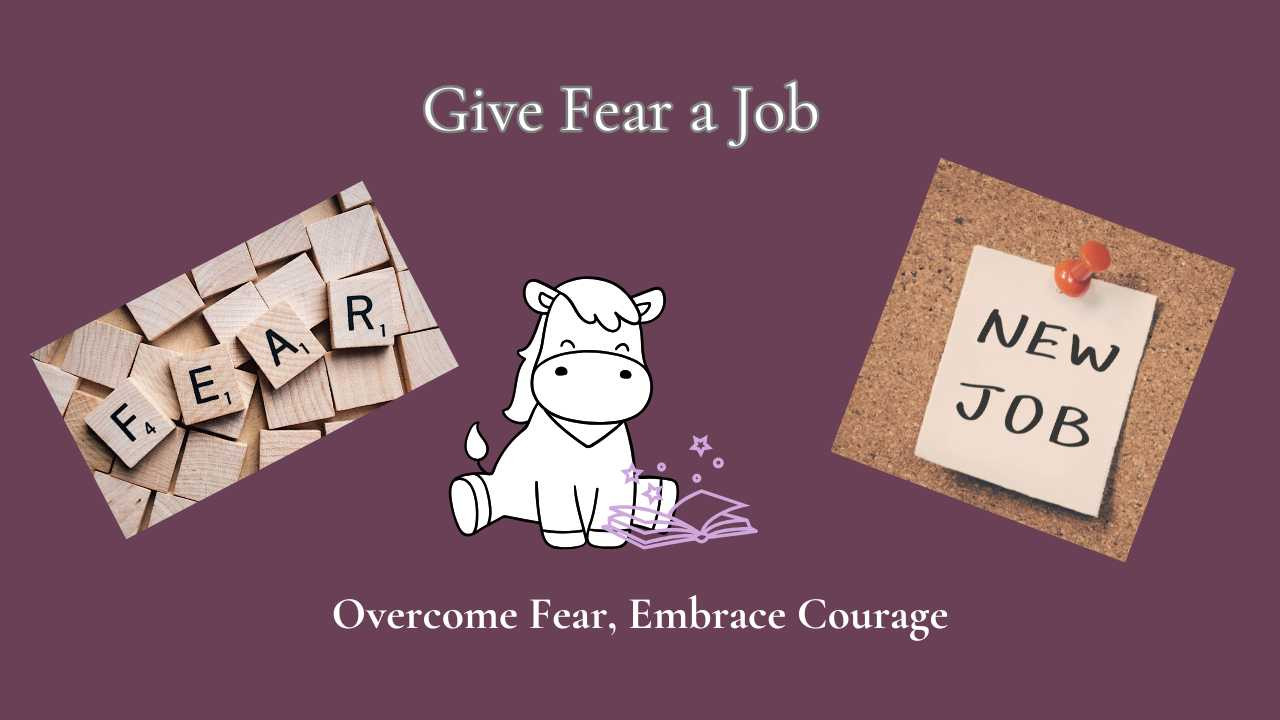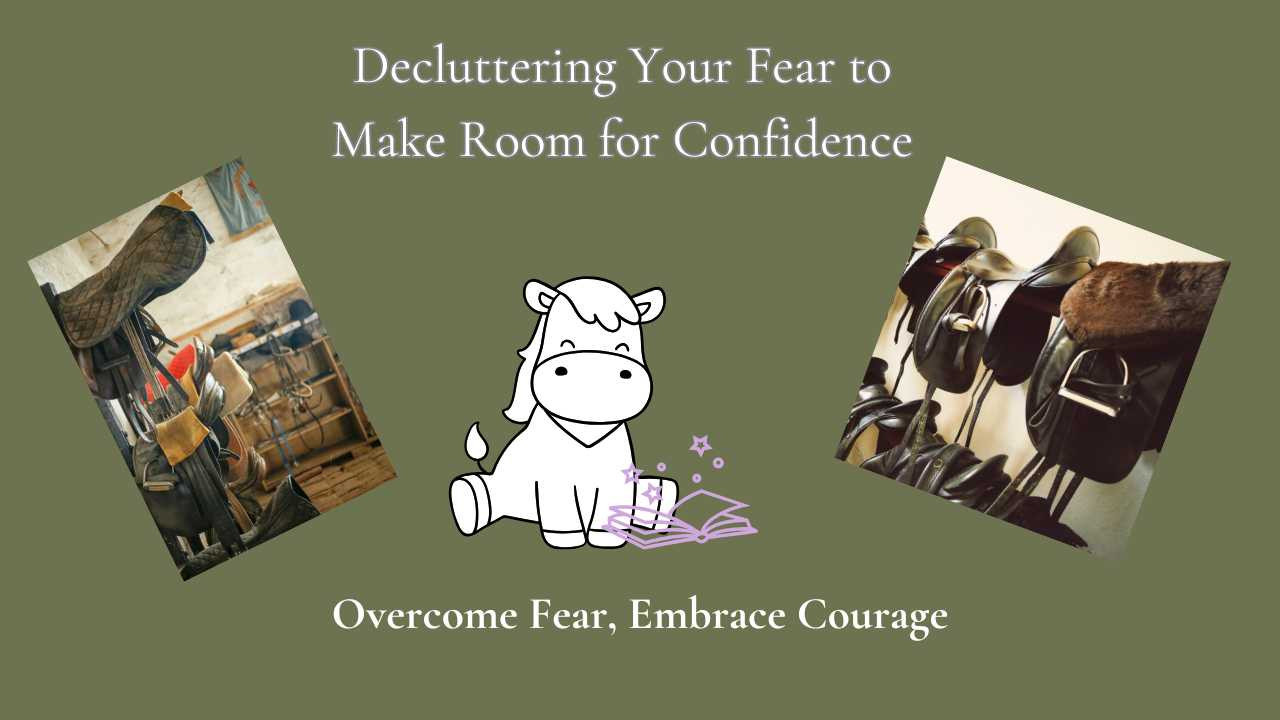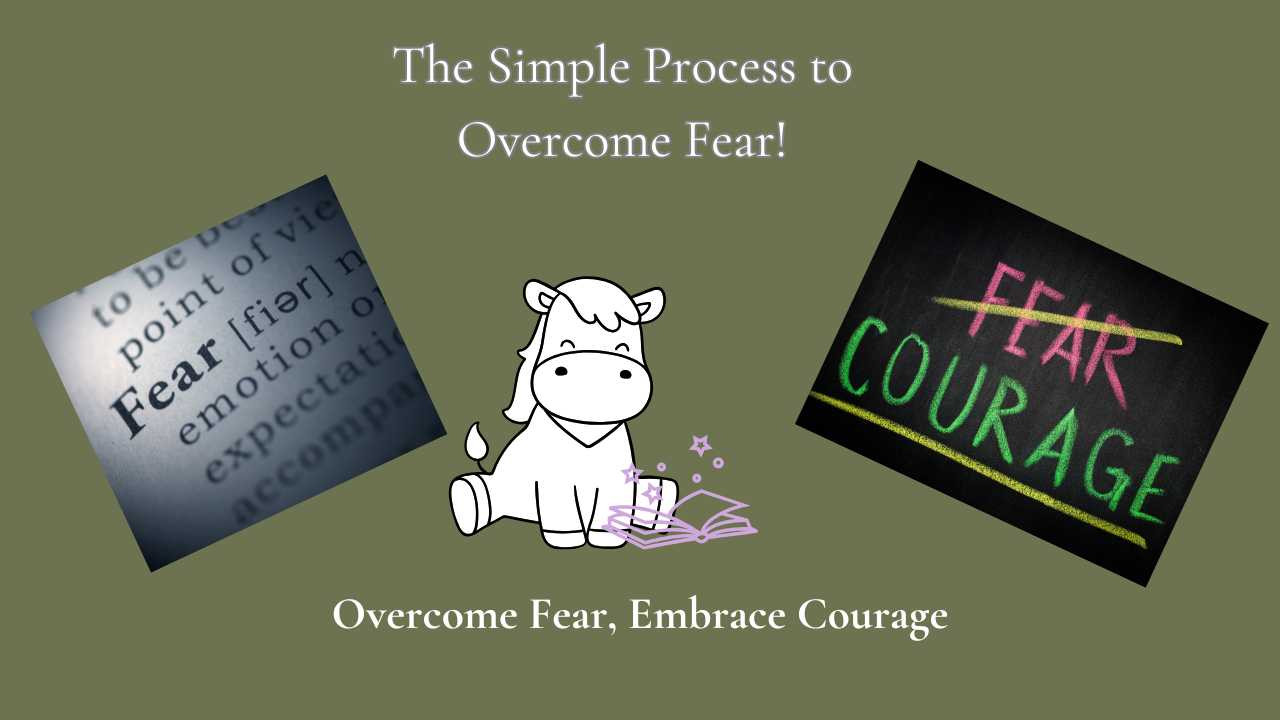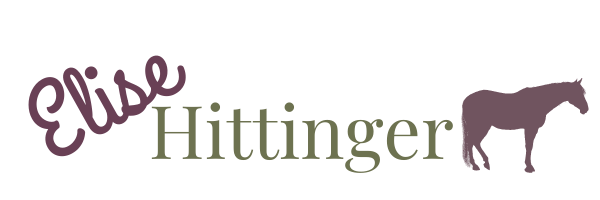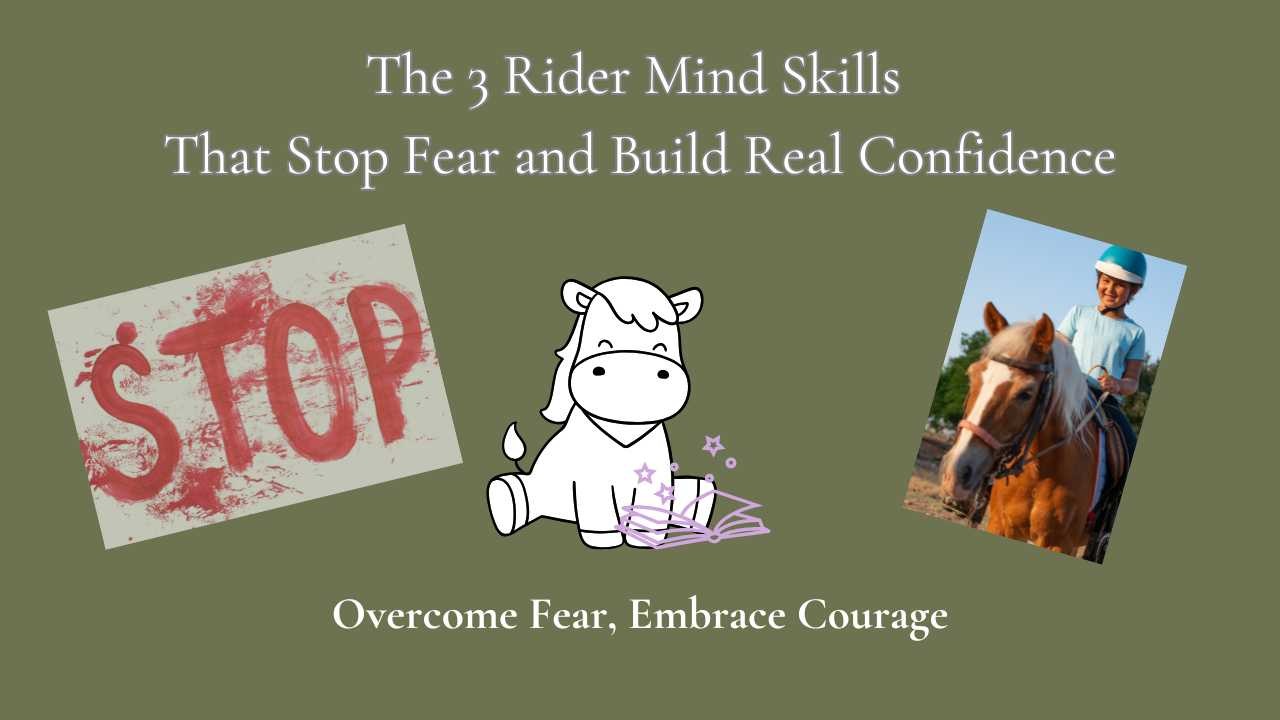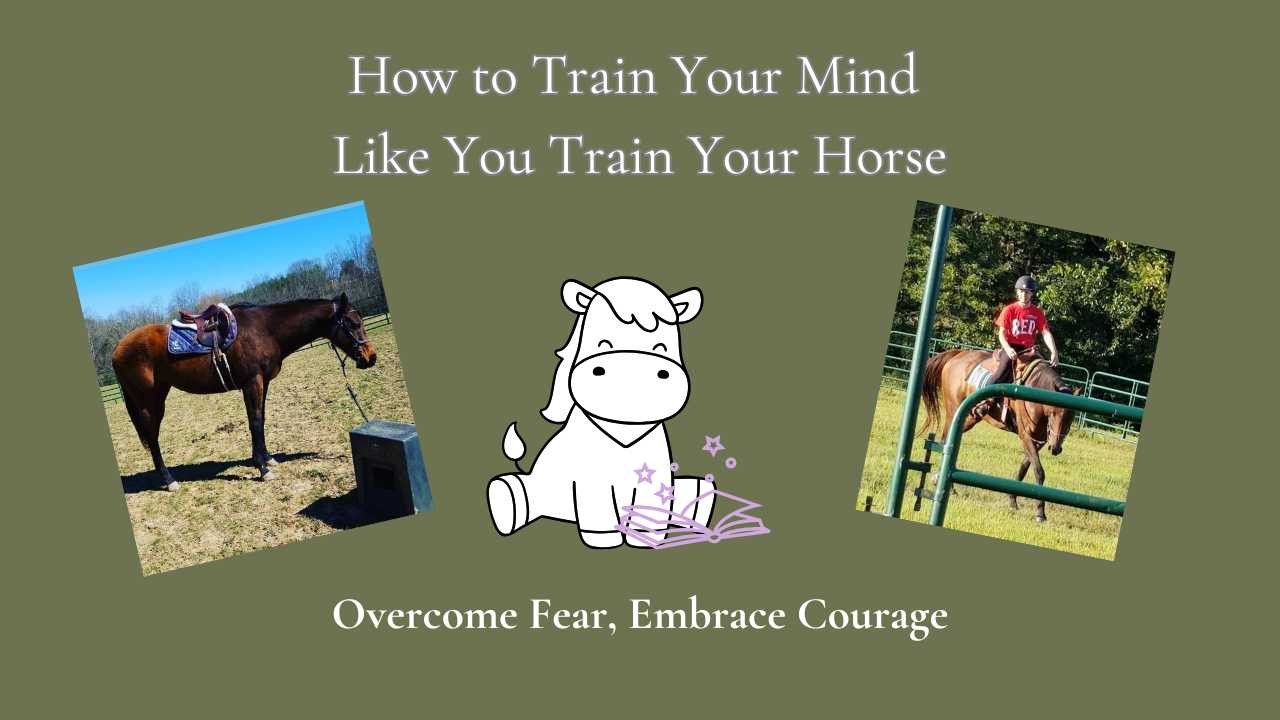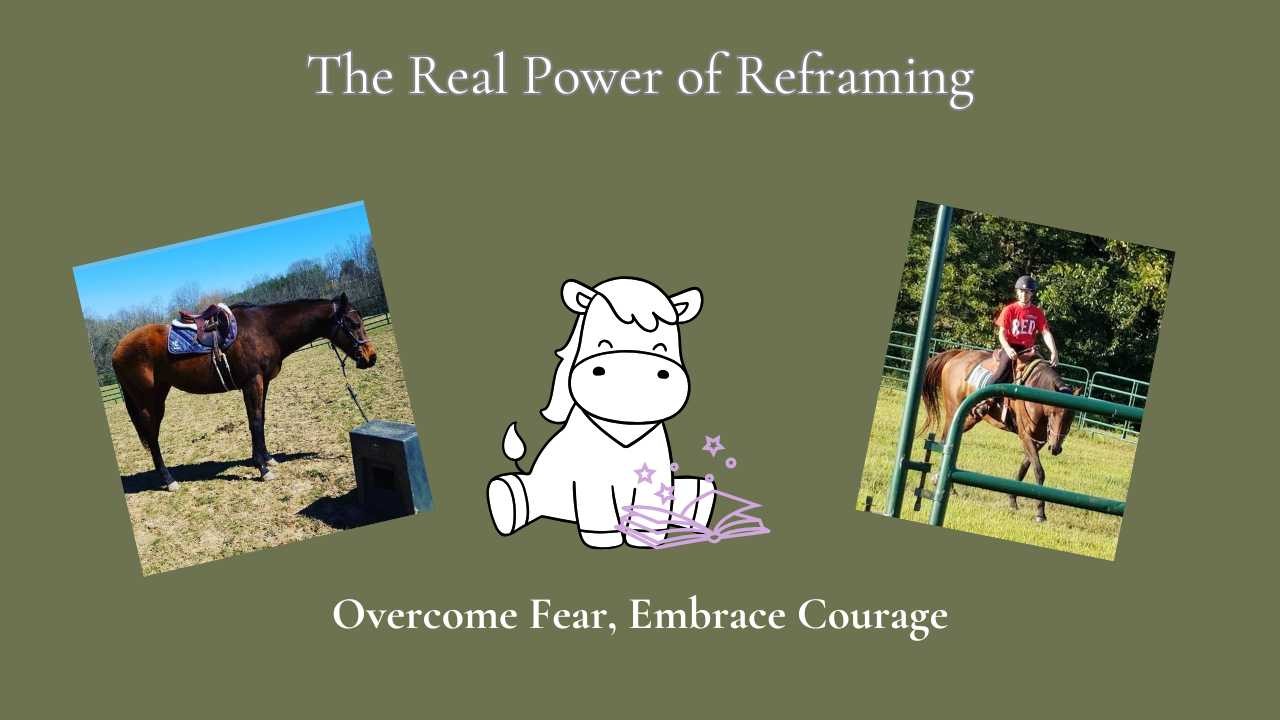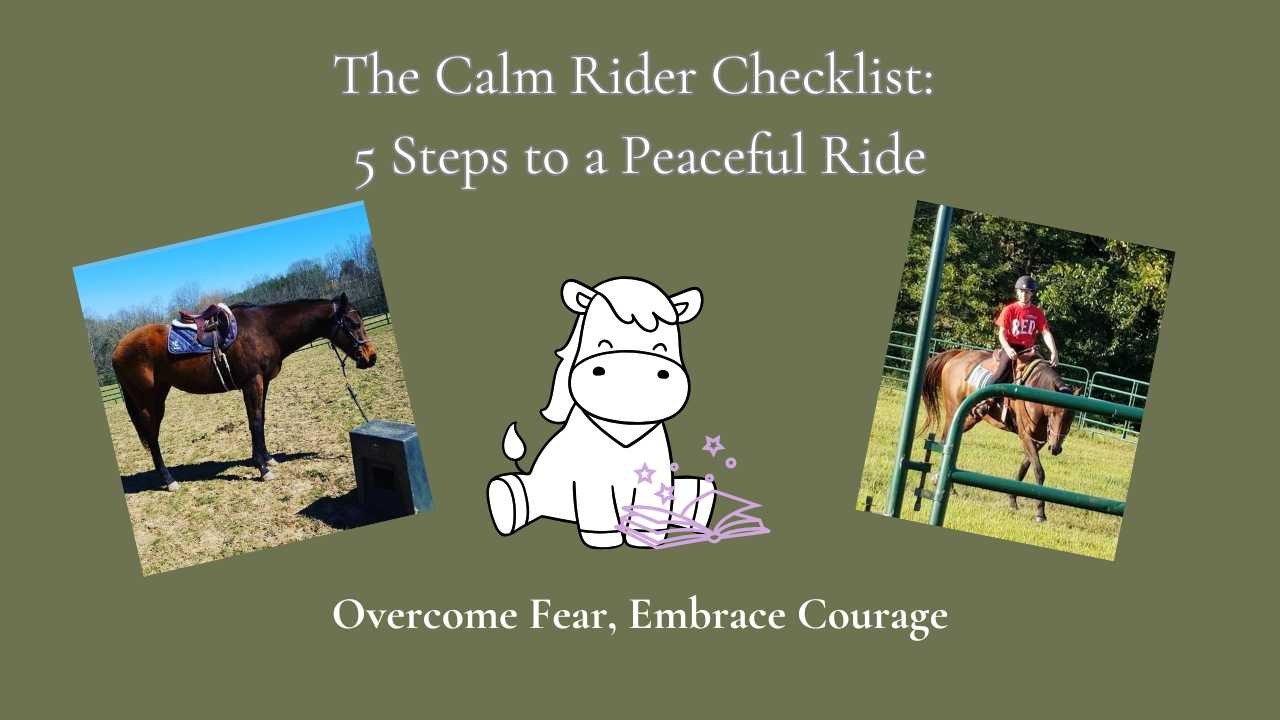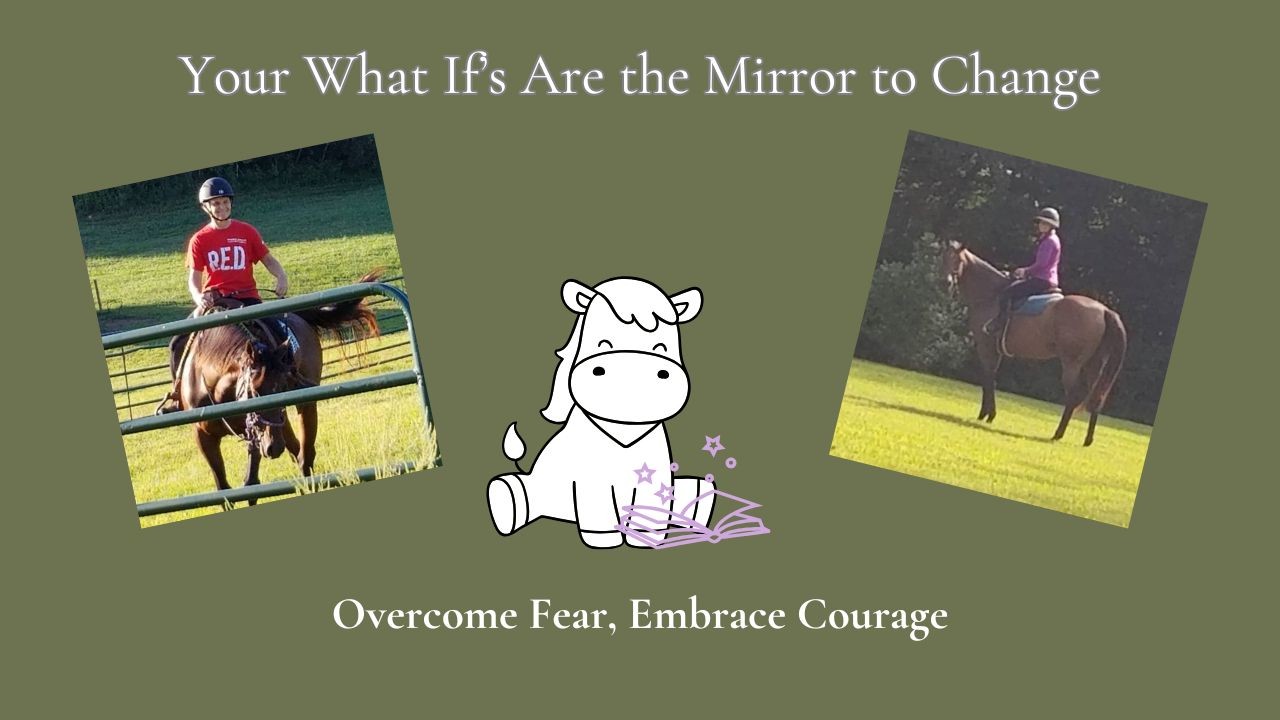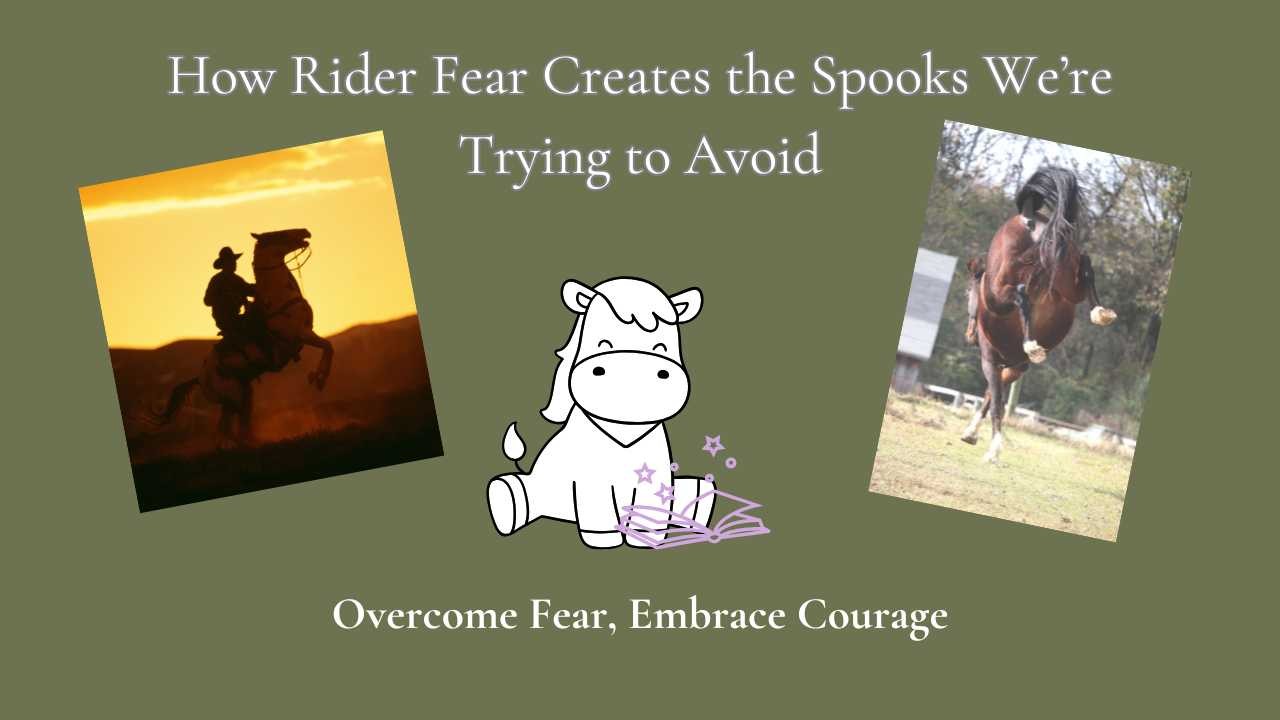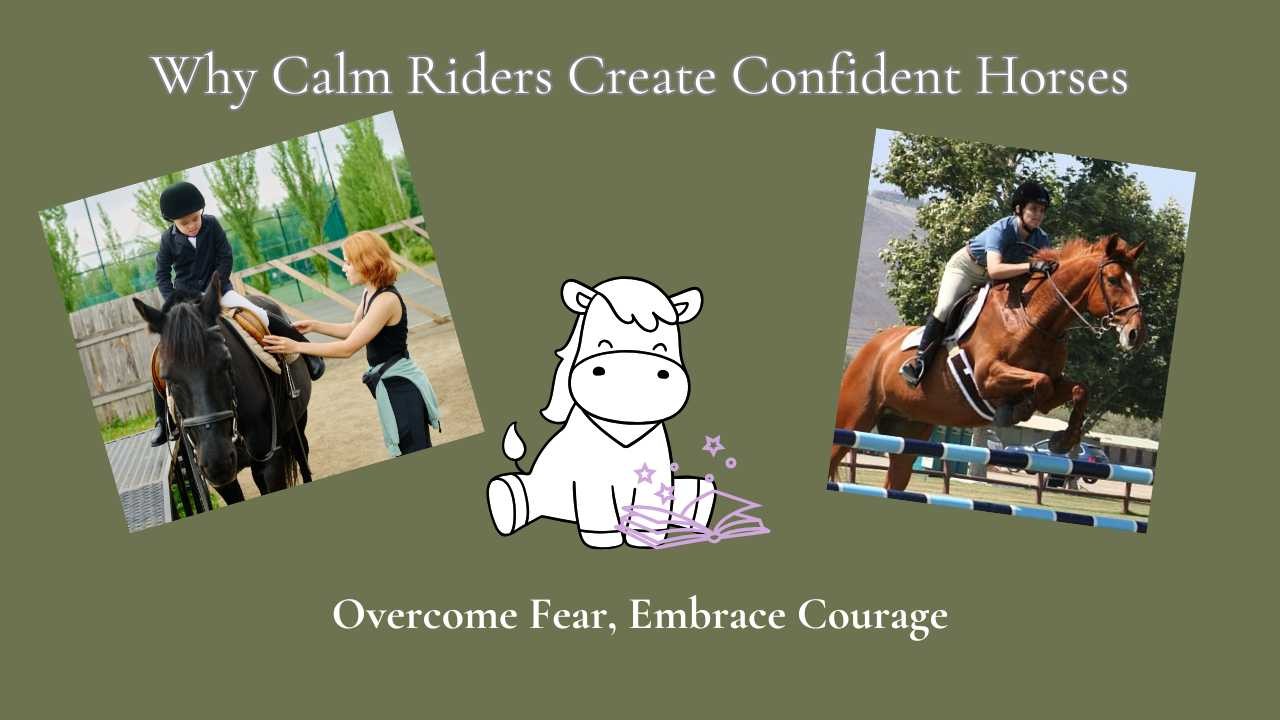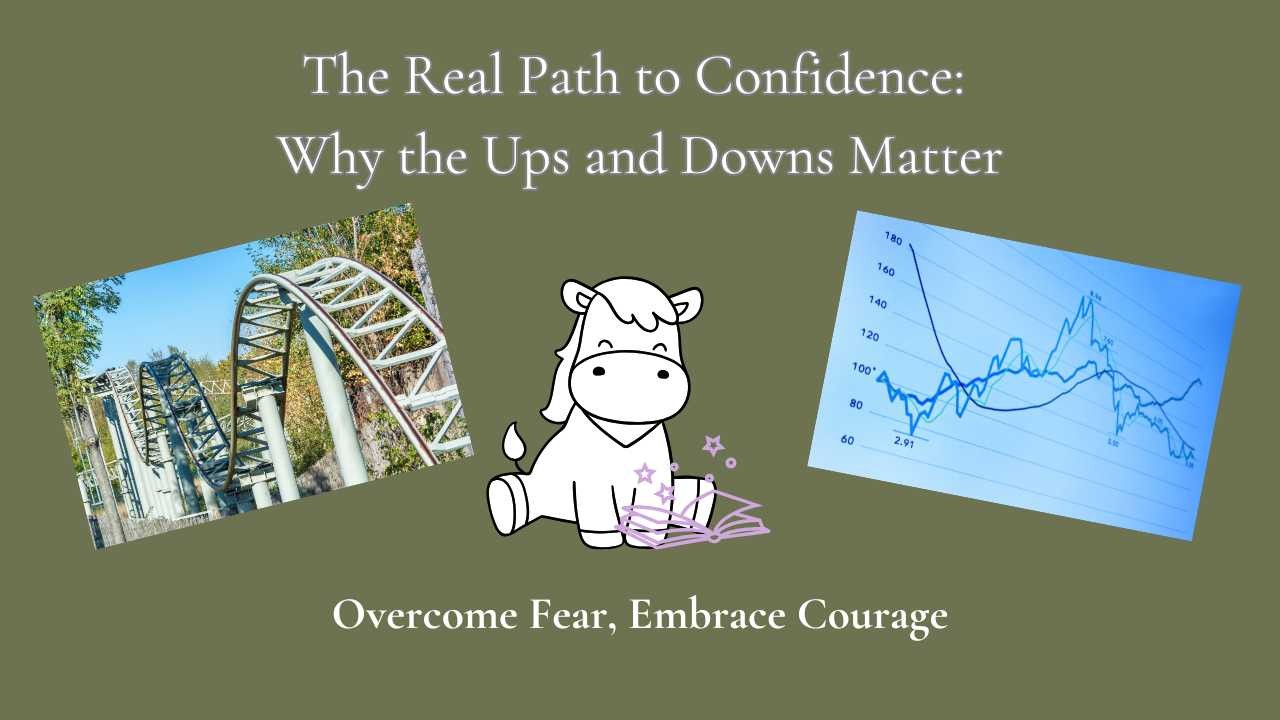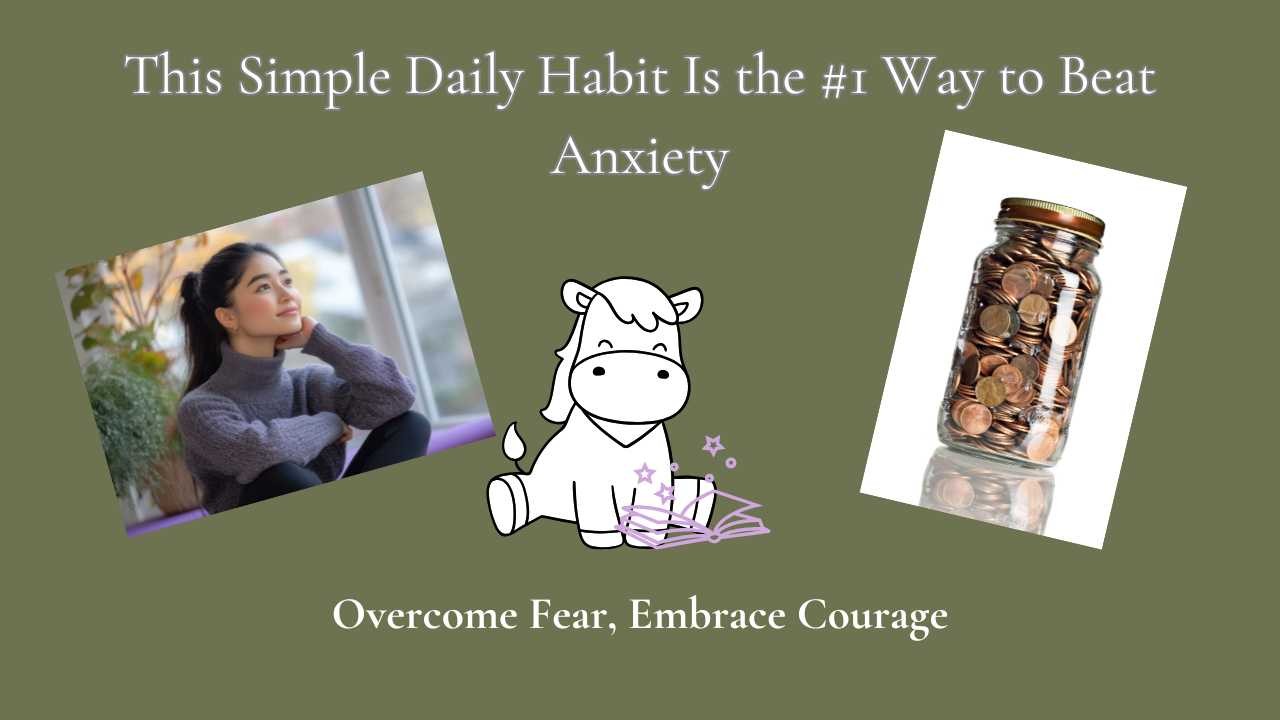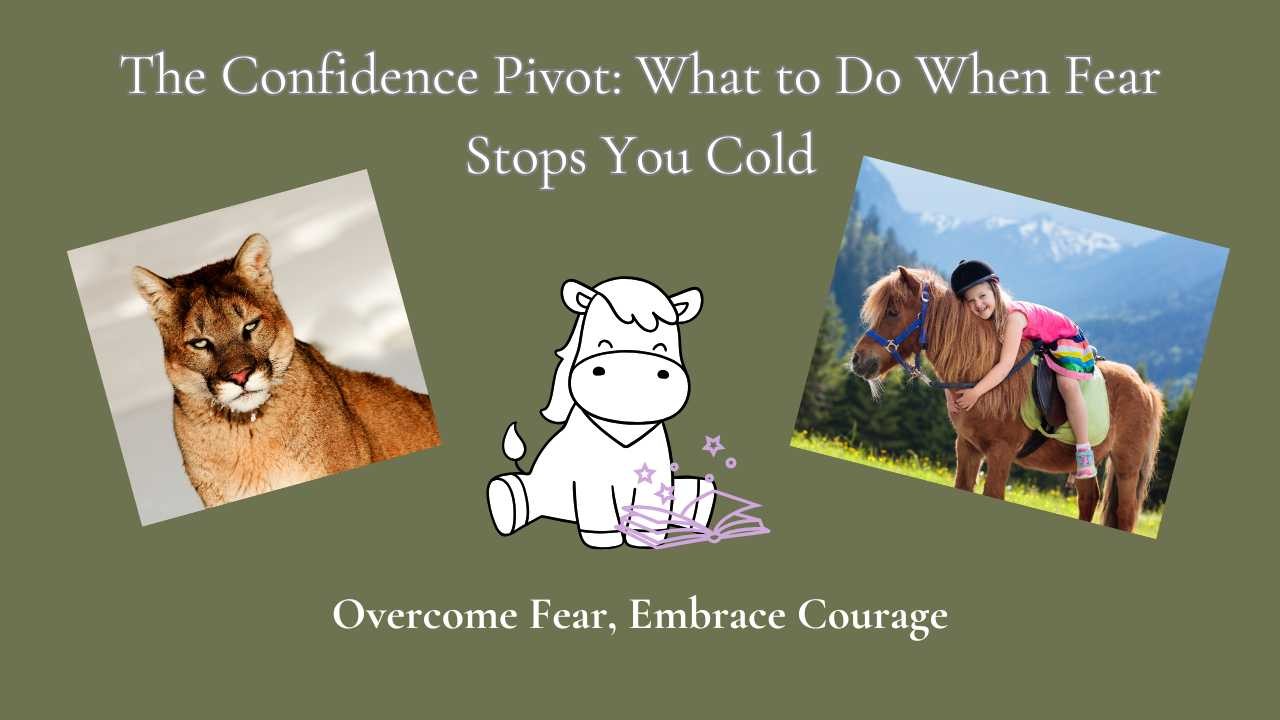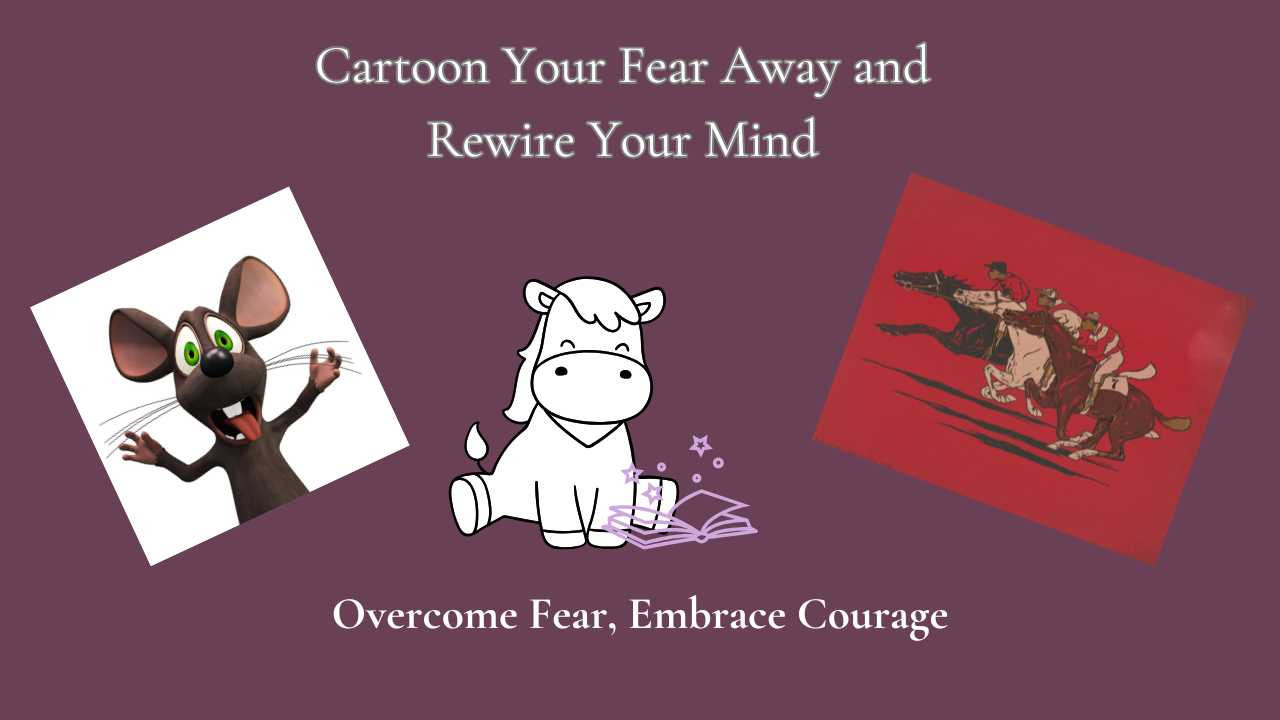
Panic surged through me as the horse reared, fell backward, and came crashing down. Time slowed. I had no control over what was about to happen. There was nothing I could do to stop it.
This memory played on an automatic loop inside my head—again and again, like a nightmare I couldn’t wake up from. Worse than that, I told the story to anyone who would listen. Each time, it grew bigger, more intense, and more real in my mind. I knew that what we focus on expands, but I had no idea how to stop feeding the fear.
The truth is, we all have these mental replays—stories running on a loop, sometimes without us even realizing it. They shape our emotions, our confidence, and our ability to move forward.
But here’s the shocking truth: we have the power to change the story. This realization sent me on a mission to rewire my memory of the accident.
Here’s how you can do the same:
Think about your favorite cartoon. If you don’t have one, stop right now and go watch a few Looney Tunes episodes on YouTube until you find one that makes you laugh. (Trust me, it’s worth it.) I personally love Wile E. Coyote and the Road Runner for this exercise.
Once you have a cartoon in mind, start transforming your scary memory into a ridiculous animated scene. For me, I pictured myself as the Road Runner and my horse as Wile E. Coyote.
To make it even funnier, I put ballet slippers on the horse and wrapped a bright pink tutu around his belly. I gave myself the cute little Road Runner feathers and imagined my legs whirring like a blur. The coyote (a.k.a. my horse) used an ACME contraption to try and take me out—but just like in the cartoons, the giant weight flipped on him and squished him instead!
And me? I popped right back up, let out a little "Meep Meep!" and dashed off, leaving a trail of dust behind me.
I kept adding more details—more color, more absurdity—until eventually, whenever I started to think about that accident, I couldn’t stop laughing.
The funnier, the better.
As you build your cartoon, that is what you share when you talk about it to others. Now we want to expand the replay and have it become the new replay track. We rewire to the cartoon.
Do you need a little more help creating your cartoon? Let’s explore this together and I will see if I can help you out.
Book your free chat now and take the first step toward finding your new replay. I have helped clients with both courage
coaching and hypnotherapy to overcome their anxiety and enjoy life again.
Schedule your free chat here
